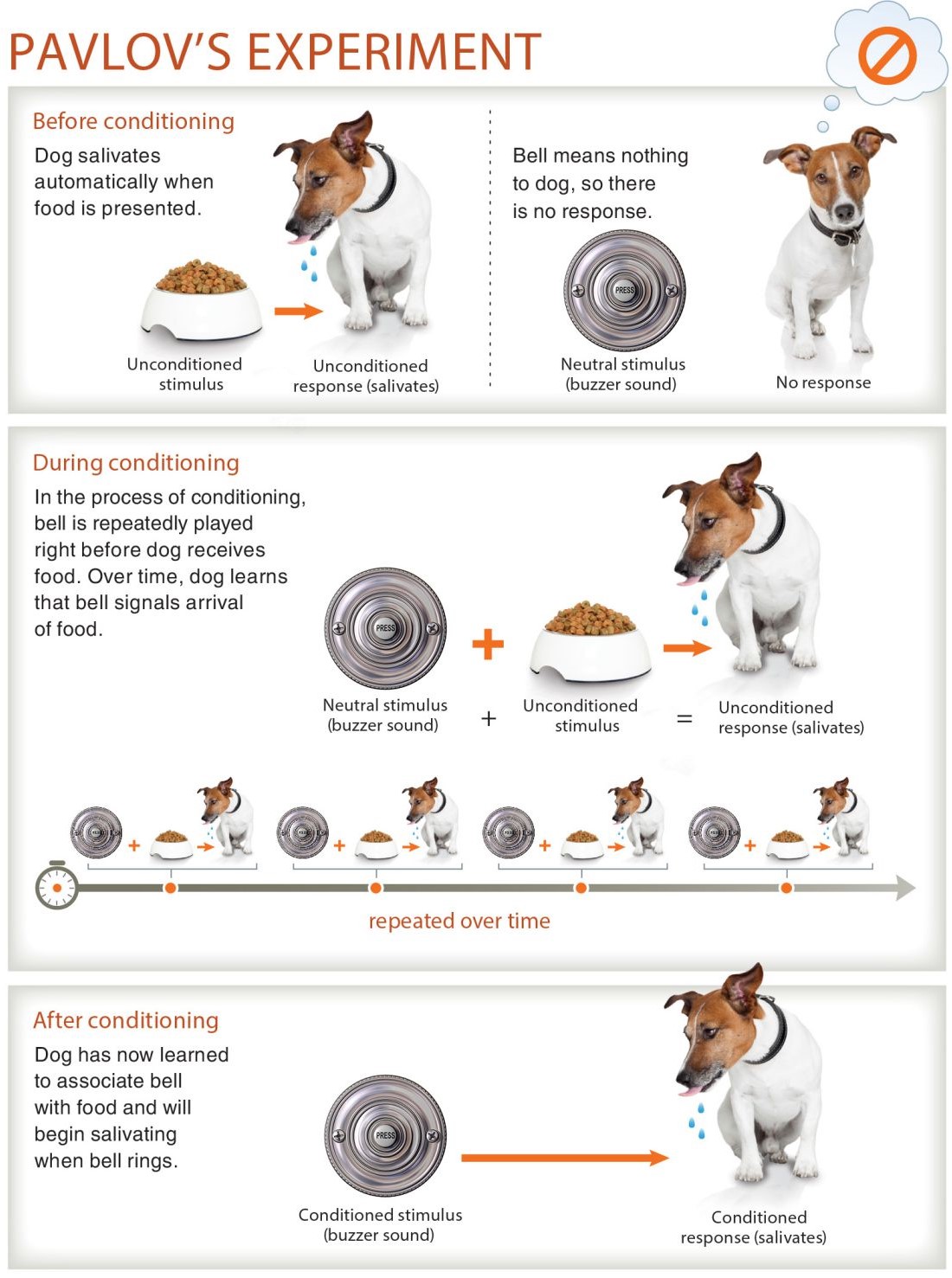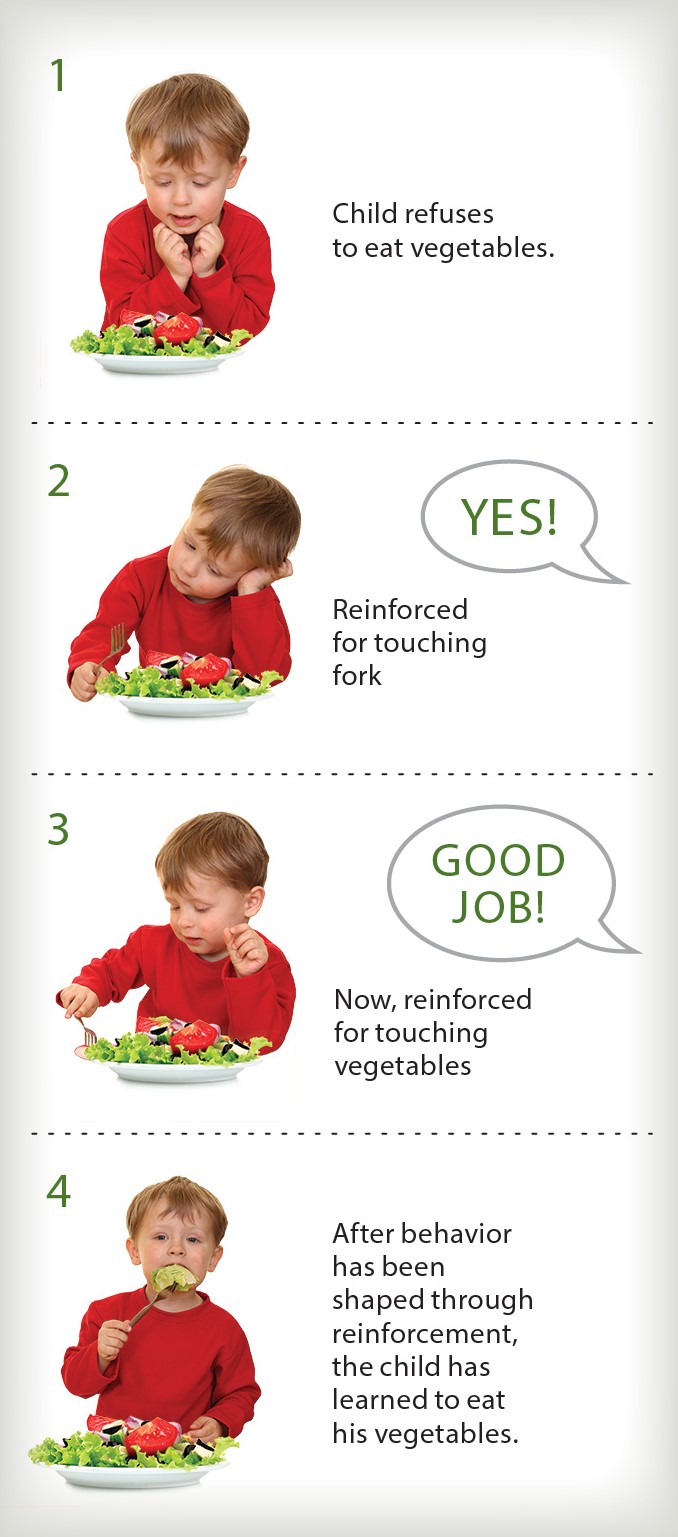5.1

You think your dog Spot is pretty great. He’s your best friend. When you are upset, Spot will put his head in your lap, which is comforting. You read recently about therapy dogs—dogs that go to hospitals, nursing homes, or other settings to visit with and comfort patients—and you think Spot might do a good job. You decide to do some research on the Web and find the website for Dogs Who Help.
Therapy Dogs International. (2016). TDI: Therapy Dogs International. Retrieved from http://www.tdi-dog.org/
Therapy Dogs International. (2016). Therapy Dogs International (TDI) Testing Requirements. Retrieved from http://www.tdi-dog.org/images/TestingBrochure.pdf
CARRY SANDERS: For two days, all 15-year-old, David Yepes, has heard and thought about are his injuries from the second explosion.
WOMAN: This is remarkable.
CARRY SANDERS: But, today, David smiled.
DAVID: Yeah, we have a dog at home, but he's a small Yorkie terrier.
CARRY SANDERS: For just a moment, Luther and Ruthie made the shrapnel that tore through his left leg and the painful second degree burns almost an afterthought.
DAVID: It's relaxing, it kind of takes my mind away from everything that's going on.
CARRY SANDERS: Today, Lutheran church charities deployed the Comfort Brigade at Tufts Medical Center; dogs that have recently been working with other recovering children in Newtown, Connecticut. Quiet, peaceful visitors, who Leighanne Yanny says, set her nerves at ease just hours before the surgery on her wounded leg.
LEIGHANNE: Animals, you know, they just have a different sense. You know, they don't-- they don't talk back to you.
WOMAN: Oh my goodness. Hi.
CARRY SANDERS: The comfort dogs are like furry therapists, and it's not just those who were injured that need relief.
How nice is it for you to have just a different moment here with a dog?
WOMAN 2: My stress level has gone way down.
CARRY SANDERS: They sense love.
TIM HETNER: They sense that somebody is caring. And they sense that, in the midst of darkness, there's light.
This is Luther.
CARRY SANDERS: Companionship, compassion, and comfort when it's needed the most.
LEIGHANNE: You are a big puppy for two.
CARRY SANDERS: Carry Sanders. NBC News, Boston.
You click to another part of the website and see the list of tasks that Spot would need to perform in order to be a therapy dog.
Therapy Dogs International (TDI) Testing Requirements
Dogs must complete the following tests:
- Sit and stay
- Lay down and stay
- Stay while an owner walks away and then come to an owner at the end of a 20-foot leash
- Visit with a person and allow self to be petted
- Handle situations in a medical setting without reacting (such as people in wheelchairs or on crutches, individuals rushing past, children playing outside)
- Ignore treat or food offered by a patient or left on the ground (“Leave it” command)
- Meet another dog without a problem
()
Therapy Dogs International. (2016). Therapy Dogs International (TDI) Testing Requirements. Retrieved from http://www.tdi-dog.org/images/TestingBrochure.pdf



